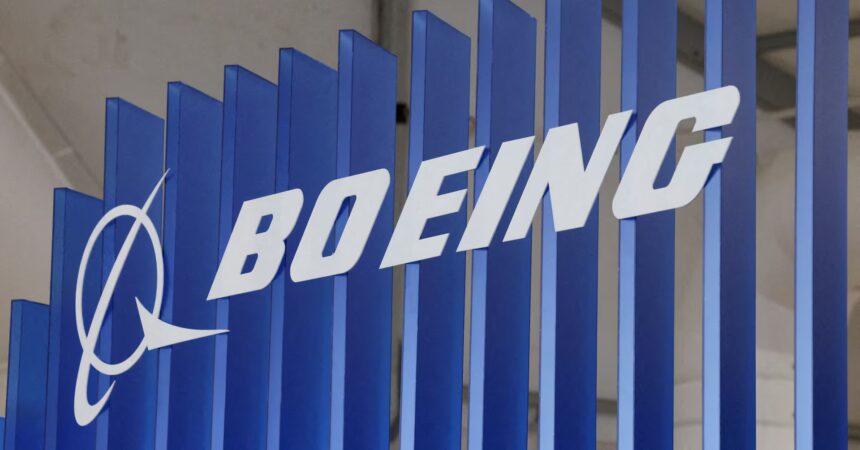The potential shift in export controls on Boeing aircraft parts is emerging as a significant aspect of the ongoing trade tensions between the United States and China. During a recent press conference, President Donald Trump stated that the U.S. administration is considering applying export restrictions as a countermeasure to China’s limitations on the export of rare earth minerals.
Historically, Boeing has played a pivotal role in the dynamics of U.S.-China trade relations. In April, amidst escalating trade conflicts, China instructed its airlines to halt deliveries of new Boeing jets. This directive stands as a stark reminder of the fragility in relations between the two nations, particularly in the aviation sector.
Reports indicate that Boeing is currently engaged in negotiations to sell a substantial order of as many as 500 jets to China, which, if finalized, would represent a landmark deal for the company. This order would be particularly notable as it would be Boeing’s first significant sale to China since the onset of Trump’s presidency.
Despite the gravity of the situation, industry analysts believe that the financial ramifications for Boeing, should these talks collapse or if export restrictions are imposed, will be relatively minor. Scott Hamilton, an aerospace analyst from Leeham Co., suggested that the impact would be “sandpaper on Boeing’s hide.” Historically, Chinese orders constituted up to 25% of Boeing’s order book, but this figure has dwindled to less than 5% in recent years. Currently, Chinese airlines have outstanding orders for at least 222 Boeing jets, while the country operates a fleet of 1,855 Boeing aircraft, primarily consisting of the 737 model.
Imposing a ban on spare parts could also adversely affect CFM International, a joint venture responsible for manufacturing engines for several Boeing models, including the popular 737 MAX. The potential restrictions would hinder not only Boeing but also complicate the landscape for its European competitor, Airbus, which currently holds only 185 orders from Chinese customers.
China is making strides to bolster its own commercial aviation capabilities, with the development of the COMAC C919, designed to rival Boeing’s 737 and Airbus’s A320. However, U.S. export controls on components supplied to the C919 have impeded its production, leading to sluggish delivery rates. As of September, only five out of the 32 jets slated for this year have been delivered to Chinese customers.
As trade relations continue to evolve, the aviation industry remains a focal point in the larger context of U.S.-China economic interactions, underscoring the complexities and interdependencies that characterize this crucial sector.







